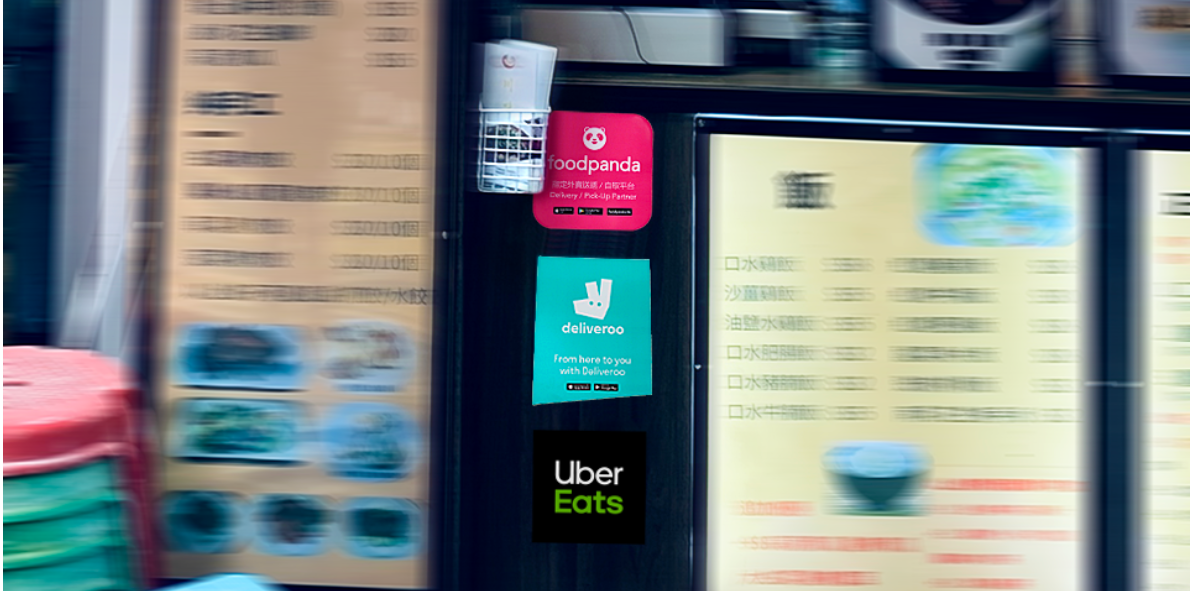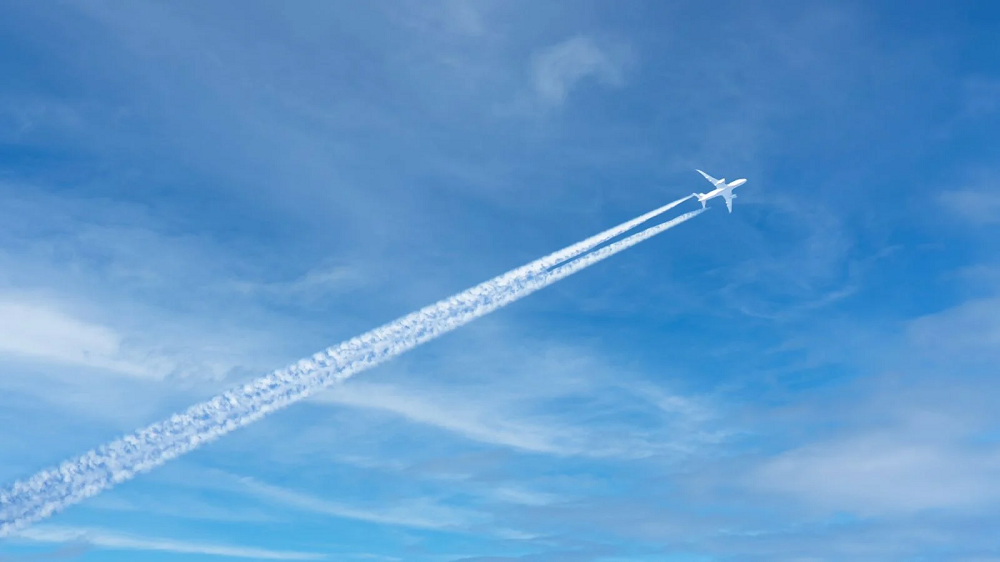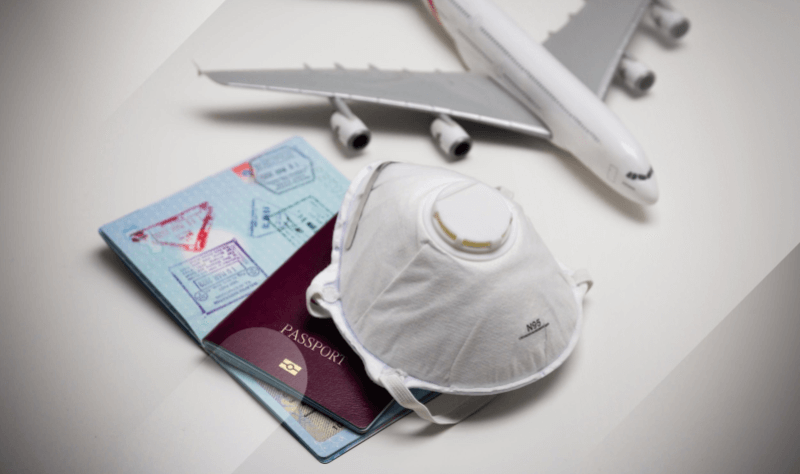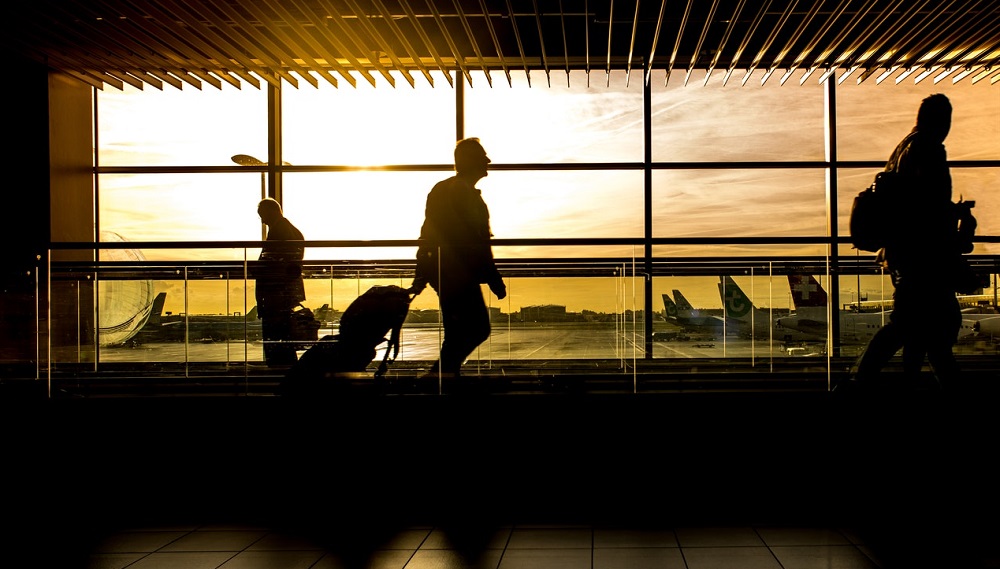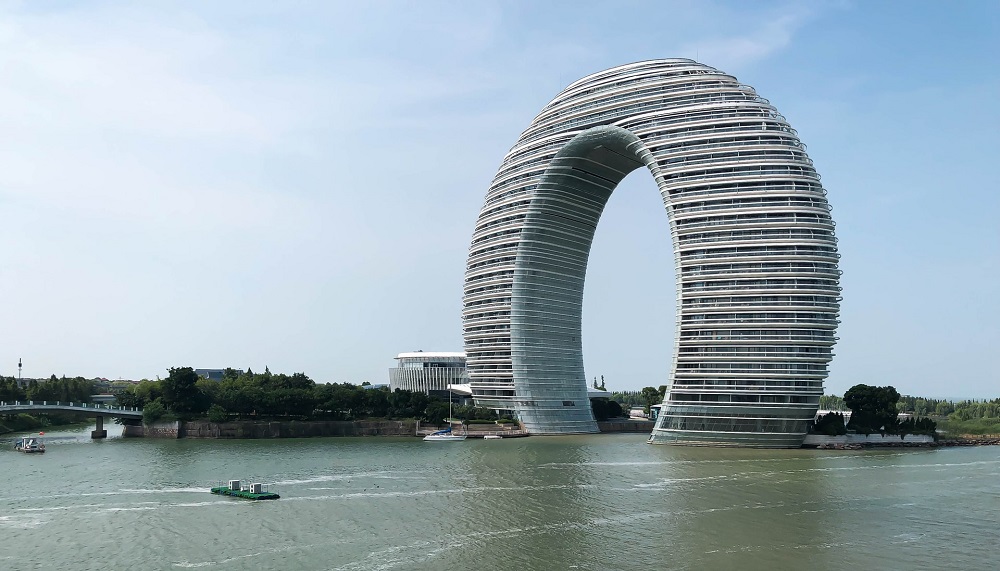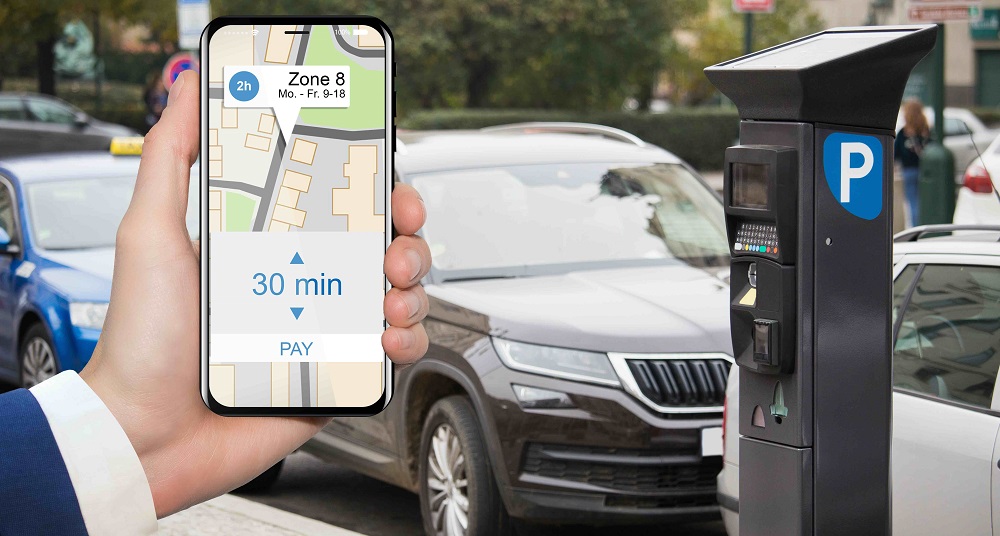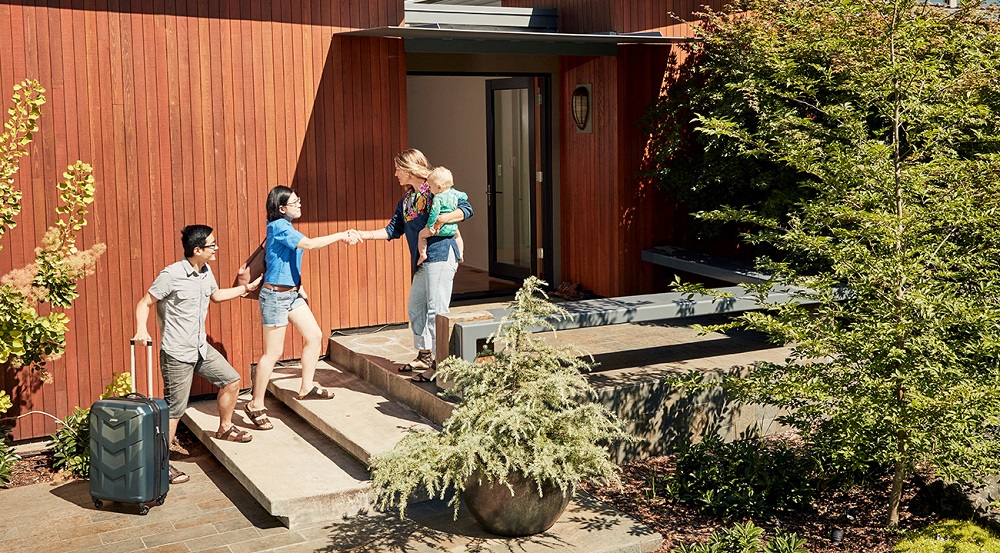It’s been a wild ride for the travel industry as we try to enter post-pandemic territory. And we’re not there yet. While current COVID travel trends indicate that some areas have recovered, others have much further to go with a future that’s complicated by new variants. Our industry consultant, Alisha Kapur, featured in Yahoo Finance, teamed up for a webinar with Tim Davis, the Managing Director of travel industry consulting group PACE Dimensions to give businesses insights using our travel intelligence tool on how you can prepare what’s next for the travel and tourism space.
The Asia Pacific region has seen increasing challenges through the first seven months of 2021, with situation varying greatly by country. While India has been steadily recovering from its latest outbreak, Australia and Indonesia are now facing new restrictions. Mainland China, which was already at 2019 performance levels, has seen new cases arising and performance dipping. Southeast Asia has been mostly quiet, but there is hope in the Phuket Sandbox program, which allows vaccinated foreign tourists to enter the island without the same level of restrictions as those unvaccinated.
Amid increased COVID cases, the rise of the Delta variant, and the return of in-person schooling, U.S. weekly hotel room demand dropped for a second consecutive week. The decrease in demand caused occupancy to fall to 68.0% for the week (1-7 August), the country’s lowest level of the past four weeks. The largest declines were seen in the south, where COVID-19 cases are surging and a high percentage of students have returned to the classroom. Louisiana and Florida saw the greatest occupancy declines, both falling more than 6 percentage points week over week.
As people start to feel the threat of the new Delta Variant, Southwest Airlines is experiencing its effect firsthand. The COVID-19 pandemic shut down airports worldwide and Southwest was no exception, seeing an 89.65% decrease in foot traffic as measured by Advan between April 2019 and April 2020. According to The Dallas Morning News, “On April 14, 2020, only 87,534 passengers went through Transportation Security Information checkpoints in U.S. airports, the fewest number of travelers since the 1950s.”
All key markets in China showed June 2021 increases in hotel occupancy and average daily rate (ADR) compared to the same period last year, except for Guangzhou and Shenzhen. Guangzhou occupancy dropped to 27.6%, which was the market’s lowest level of the last 15 months. Thus, RevPAR dropped 50.5% year over year, which was 71.1% lower compared with June 2019. Because of the severe pandemic impact on performance data, STR is using 2019 as the industry’s recovery benchmark.
Abersoch has become the most popular holiday town in North Wales, with tourism rising 72% above pre-pandemic levels as businesses in the region reap the benefits of a staycation boom. To gather the insight Huq measured the number of visits over the last three years and indexed the data to the 2019 summer season mean. The insight reveals a sharp uptick last summer, when restrictions first limited international travel, followed by an even sharper rise this year.
Working with travel data, the team members at ForwardKeys are well acquainted with the speed of change and immediate shifts in flight bookings based on sudden government announcements or unexpected spikes in Covid19 cases or strains. We understand that it can be incredibly frustrating and maddening when you are a tourism board trying to entice travellers, a hotel that has struggled with its occupancy rate for over a year, an airline trying to plan its next round of routes or even a desperate traveller in need of a holiday.
The team of analysts and insights experts at ForwardKeys can reveal an exciting revelation – things are looking rosier for the travel industry in Central America and the Caribbean, especially when looking at the future bookings for July to September. International arrivals are down by just 25% in Q3 of 2021 while in Mexico it is only down by 6% compared to the same period in 2019.
The prospects for a swift tourism recovery have been dealt a blow in recent months as the Delta variant has spread rapidly across many parts of the world. While vaccination rates have continued growing in most developed countries, rising COVID-19 cases have forced some governments to reimpose restrictions or, at the very least, slow plans for reopening their economies. With summer holiday season now upon us, there are growing calls for proof of vaccination and continued uncertainties around travel guidance and requirements in many parts of the world.
It’s a summer of love for Greece as the masses head back to the one European country that combines sun, sea and sand with a consistent message that its borders are open to tourists. While across Europe scheduled airline capacity lingers at around 31% below where it was two years ago, Greece has bucked the trend with capacity for August 2021 now on a par with a typical pre-pandemic August.
That was the amount of time from the end of Victoria’s third lockdown to the beginning of the fourth. During this period, Victoria’s overall accommodation performance saw its greatest shift since pre-pandemic days, with growth largely driven by regional markets. It is no secret that Australians are itching to travel, and with limited choice and location, happy to pay a premium. As a result, STR data showed room rates throughout regional Victorian markets climb steeply to, and above 2019 levels.
Marginal reductions in global capacity this week as always hide several regional adjustments in capacity as the seasonal holidays in some countries finish and authorities in some countries impose or threaten another series of restrictions. The inconsistencies in various travel restrictions imposed around the world continue to make no sense and confirm that geography was not a subject covered in the school of politics; apparently Reunion is a reason to keep France on the UK’s banned list.
The NHS’ Covid-19 app sent a record 607,486 contact tracing alerts in the week ending July 14th and despite the UK today has entering its seventh daily drop in cases, high-frequency geo-data shows how the ‘pingdemic’ continues. In our deep-dive series exploring the link between alerts and the impact on economic activity, today’s focus is on the East of England which includes Essex, Great Yarmouth and Cambridge.
Parking app performance is popping. Both downloads (new installs) and monthly active users of the top parking apps are above pre-pandemic levels. Parking apps help users locate garages and lots in areas near their destinations, showing them the availability of spots and associated prices. The apps facilitate payment for the spot and in many cases allow users to reserve spots.
Global capacity once again slipped back week on week as everyone settles down for three weeks of Olympian TV coverage and governments around the world once again stop travel, adjust their traffic lights and threaten further restrictions in the next few weeks. Despite increasing vaccination rates around the globe, booking travel remains a gamble for everyone. This week’s 81.6 million is 1.3% down on last week’s numbers and remains 31% below the same week two years ago; this is normally the busiest week of the year, read into that what you will.
In the week ending 17 July 2021, occupancy soared to 71.0%, its highest level since the Columbus Day holiday week of October 2019. Also for the first time since the week ending 19 October 2019, daily occupancy was above 70% Wednesday through Saturday. Weekend occupancy surpassed 80% for the second time this year but was shy of the high recorded four weeks ago. Excluding STR’s Top 25 Markets, occupancy was 72% and was the best since late summer 2019. Small (under 75 rooms) and medium (75-299 rooms) hotels did even better with occupancy of 73% for the week.
As summer gets underway, which travel platforms are luring eager travelers? Using Earnest spend data we reviewed how Airbnb is performing after COVID disrupted travel, and shone a light on the platform’s extended-stay and quarantine-friendly business model. With continued restrictions on international travel, it’s not surprising Airbnb has maintained its stronghold in the Online Travel Agency (OTA) market, continuing to capture 50% of the sector. By comparison, Vrbo including HomeAway, a clear beneficiary during the pandemic peaking at 32% market share in 2Q20
In a previous article we discussed the UEFA Euro 2021 impact on host markets in Europe, now we focus on how 2021 Copa América affected Rio de Janeiro and Brasilia during the later rounds of the tournament. Copa América, originally scheduled to take place last year in Argentina and Colombia, was held from 13 June through 10 July 2021. During the quarterfinal between Uruguay and Colombia on 3 July, Brasilia registered its second highest occupancy level (53.8 %) of 2021. Hotel occupancy the day before and after the match was just 36%.
There's nothing quite like an international football tournament and the wave of excitement that takes over cities as fans flock to the stadiums of the host nations. During UEFA Euro 2020, that party atmosphere was for the first time extend to 12 different host markets, albeit with some limitations due to the pandemic. Regardless, Euro 2020 meant an influx of visitors and a subsequent impact on hotel performance, especially for smaller markets.
In the battle to be the pre-eminent travel hub in the Middle East, the latest research from ForwardKeys, which has the world’s freshest and most comprehensive flight booking data, reveals that in the first half of 2021, Doha seized and consolidated a lead over Dubai airport. From 1st January to 30th June, the volume of air tickets issued for travel via Doha was 18% higher than it was through Dubai; that relationship looks set to continue. Current bookings for the second half of the year through Doha are 17% higher than through Dubai.


























